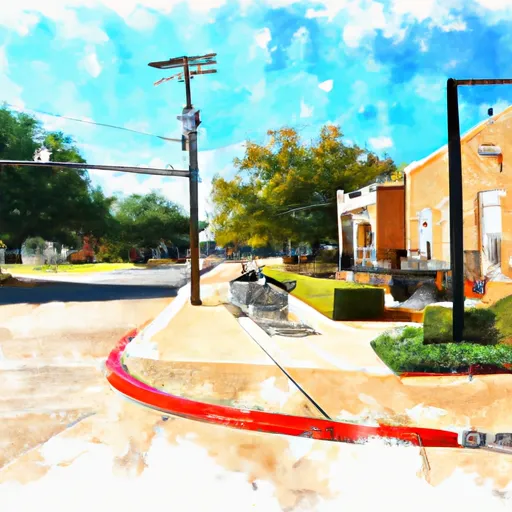°F
°F
mph
Windspeed
%
Humidity











Melissa, Texas is a small city located in Collin County, just north of Dallas. It experiences a humid subtropical climate, characterized by hot, humid summers and mild winters. The average temperatures range from highs in the mid-90s Fahrenheit (mid-30s Celsius) during summer to lows in the mid-30s Fahrenheit (around 0 Celsius) in winter. The region receives around 40 inches (102 cm) of rainfall annually, with the majority occurring during the spring and fall months.
Hydrologically, Melissa is part of the Trinity River Basin. The city lies within the Blackland Prairie, which features fertile clay soils and gently rolling terrain. The main water source for the area is Lake Lavon, a reservoir located to the east. Additionally, the region is crossed by several creeks, including Wilson Creek, which flows through the city.
Melissa offers various outdoor recreation opportunities. The city maintains several parks and green spaces, including the Melissa Sports Park, which features baseball and softball fields, soccer fields, and a playground. There are also walking trails and picnic areas available. For those seeking water-based activities, Lake Lavon is a short drive away, offering opportunities for boating, fishing, and swimming. Overall, Melissa provides a pleasant environment for outdoor enthusiasts to enjoy nature and engage in recreational activities.
Weather Forecast
Melissa receives approximately 1036mm of rain per year, with humidity levels near 75% and air temperatures averaging around 18°C. Melissa has a plant hardyness factor of 8, meaning plants and agriculture in this region tend to thrive here all year round.
Regional Streamflow Levels
21
Cubic Feet Per Second
1
Cubic Feet Per Second
42
Cubic Feet Per Second
0
Cubic Feet Per Second
Nearby Camping
| Camping Area | Reservations | Toilets | Showers |
|---|---|---|---|
| Wolf Creek - Navarro Mills Reservoir | |||
| Liberty Hill - Navarro Mills Reservoir | |||
| Public Use Area 2 - Groesbeck | |||
| Mott - Bardwell Lake | |||
| Highview - Bardwell Lake | |||
| Public Use Area 3 - Groesbeck |



